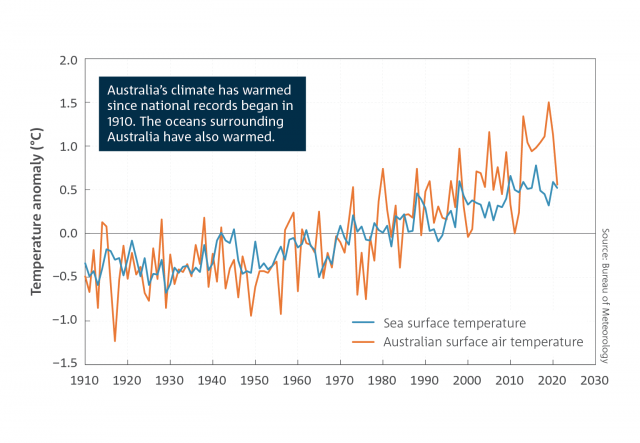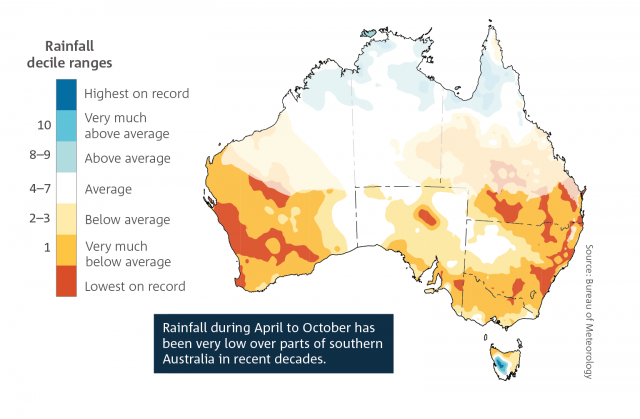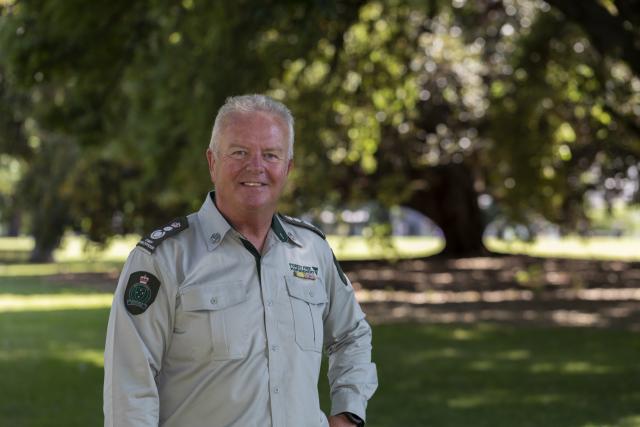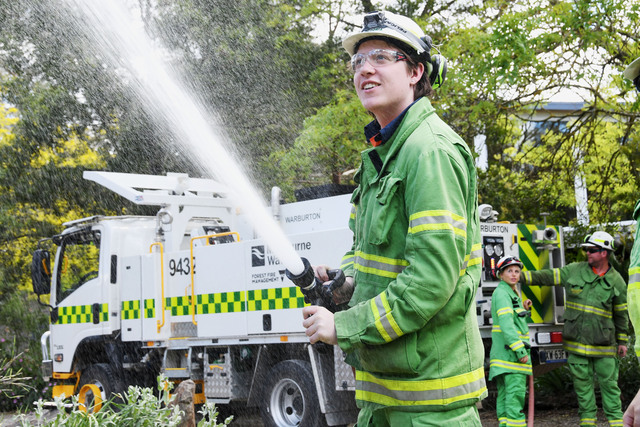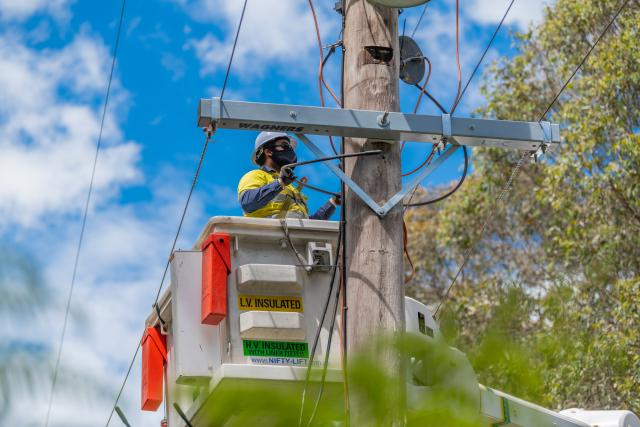The CSIRO’s biennial State of the Climate report reveals a future of changes to weather and extreme weather events occurring at an increased pace around the nation.
The report, published every two years, analyses the year-to-year and long-term changes in Australia’s climate using climate research and observations.
It reveals Australia has warmed, on average, by 1.47c since 1910, there has been an increase in extreme heat events and the country is projected to experience continued warming, a decrease in cool season rainfall, longer periods of drought and a longer fire season.
CSIRO Climate Science Centre Director Dr Jaci Brown said concentrations of greenhouse gases like carbon dioxide are at the highest levels seen on earth in the last two million years.
“The concentrations of greenhouse gases in the atmosphere are continuing to rise, and this is causing Australia’s climate to warm,” Dr Brown said.
“The warming of our oceans is contributing to longer and more frequent marine heatwaves, and this trend is expected to continue into the future.”
The report also shows heavy rainfall events are becoming more intense and they are expected to become more frequent in the future.
The Bureau of Meteorology’s manager of climate environmental predictions services Dr Karl Braganza said the report projected increased air temperatures, more heat extremes and fewer old extremes in the future.
“Australia’s climate has warmed on average by 1.47 degrees since 1910. We’ve seen contrasting rainfall trends across the north and the south of the country,” Dr Braganza said.
“There’s been an overall decline in rainfall between April and October across southern Australia in recent decades, but in northern Australia, rainfall has increased across the region since the 1970s.”
Steve Meacher, who has previously written reports for Yarra Ranges Council about the state of the local environment, said the future isn’t good if climate change continues.
“In order to survive, species will need to migrate south or higher up mountains and here in Australia, we don’t have very high mountains,” he said.
“Basically what happens is species migrate out of existence. That’s one of the reasons why we’re keen to support a great Forest National Park in the central highlands of Victoria, Healesville is basically the gateway to that area.”


